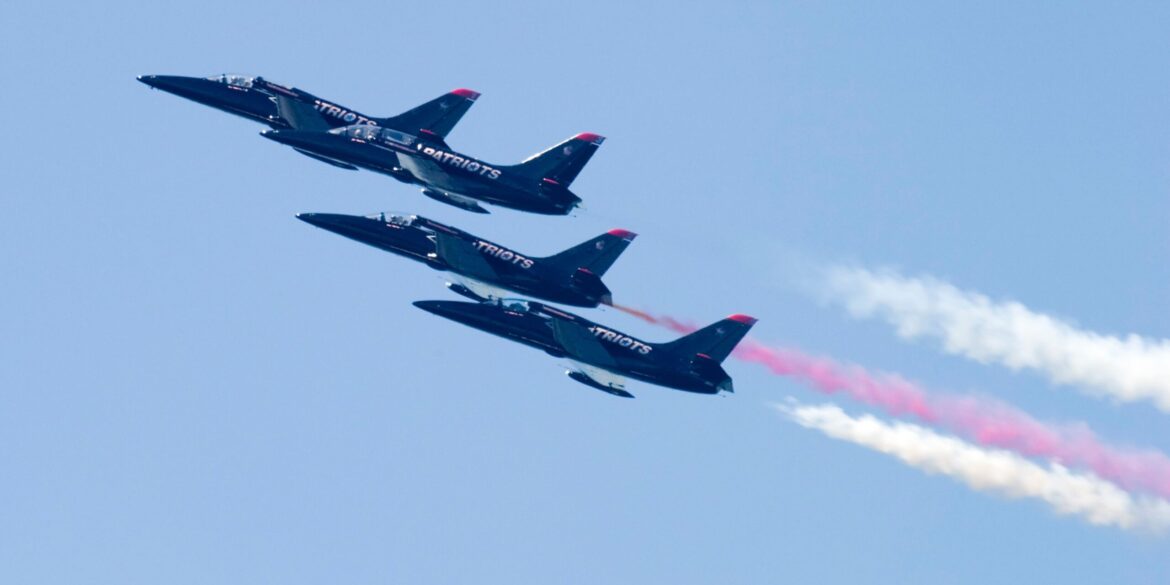Satellite imagery has recently revealed that several U.S. military aircraft have been removed from Al Udeid Airbase in Qatar, a key U.S. military hub in the Middle East. This strategic move is seen as a precautionary measure as tensions in the region continue to escalate, particularly with the ongoing conflict between Israel and Iran. Experts suggest that this repositioning of assets might be an attempt to shield the aircraft from potential Iranian airstrikes, signaling a broader reassessment of U.S. military posture in the region.
Al Udeid Airbase: A Key U.S. Military Asset
Located in Qatar, Al Udeid Airbase is one of the most important U.S. military installations in the Middle East. It serves as a hub for a range of military operations, from airstrikes to surveillance and reconnaissance missions. The base hosts various military assets, including fighter jets, aerial refueling planes, and reconnaissance aircraft, all of which are essential for supporting U.S. and allied forces in the region. With its strategic location, Al Udeid plays a pivotal role in operations related to Iraq, Syria, Afghanistan, and, more recently, tensions with Iran.
Given its proximity to several volatile hotspots, Al Udeid has long been a key point for U.S. forces to project power and maintain air superiority in the region. However, the current removal of aircraft raises concerns about the potential for escalating threats, particularly as Iran’s military capabilities continue to expand.
Why Move the Aircraft?
The relocation of these U.S. warplanes from Qatar likely reflects growing concerns about the security of U.S. assets in the region. As Iran’s missile and drone capabilities improve, the threat to U.S. military installations becomes more pronounced. The U.S. has already seen attacks on its interests from Iranian-backed forces in Iraq and Saudi Arabia, and Iran’s expanding missile capabilities could make bases like Al Udeid vulnerable to long-range strikes.
The decision to relocate the warplanes could be a precautionary measure designed to reduce the risk of losing valuable military assets in the event of an Iranian strike. While the specific details of the asset movement have not been confirmed, military experts suggest that the aircraft are being repositioned to less vulnerable locations within the region. This strategic shift would allow the U.S. to maintain a flexible and responsive military presence while mitigating the risk of direct retaliation from Iran.
Assessing U.S. Strategy Amid Rising Tensions
The removal of aircraft from Al Udeid comes at a time of heightened tensions in the Middle East. The U.S. has long been a strong ally of Israel, but its relationship with Iran is more complex. In recent years, the U.S. has engaged in diplomatic efforts with Iran, particularly regarding the nuclear deal and attempts to limit Iran’s regional influence. However, the growing threat of Iranian aggression, including missile and drone attacks, has led to a reevaluation of U.S. military strategy in the region.
With the potential for a broader conflict between Israel and Iran, the U.S. is likely reassessing its military presence to ensure that it can respond quickly to any escalation. Moving warplanes out of Al Udeid could be part of a larger strategy to maintain a more agile and adaptable military posture. This would allow the U.S. to adjust its presence based on developments in the region, ensuring that its assets are positioned in a way that minimizes risks while maintaining the ability to respond to threats.
Iran’s Expanding Military Capabilities
Iran’s increasing military capabilities, particularly in the realm of missiles and drones, have been a growing concern for the U.S. and its allies. In recent years, Iran has demonstrated its ability to launch strikes against U.S. interests in the region, using advanced technology such as cruise missiles and unmanned aerial vehicles (UAVs). These attacks have targeted oil facilities, military installations, and even U.S. personnel in Iraq.
As a result, U.S. military officials are likely taking proactive steps to safeguard their assets from these new threats. The move to remove warplanes from Qatar may be a response to these growing concerns, ensuring that American forces are not left exposed to long-range missile or drone strikes that could cripple key military infrastructure.
What Does This Mean for U.S. Presence in the Region?
The withdrawal of warplanes from Al Udeid is a clear indication that the U.S. is closely monitoring the situation in the Middle East and is prepared to adjust its military presence as needed. The removal of these assets may not signify a full retreat or withdrawal, but rather a temporary repositioning aimed at mitigating risks while keeping a watchful eye on Iran’s military actions.
U.S. military strategy in the Middle East is likely to evolve as the situation with Iran continues to develop. With Iran’s military threats becoming more sophisticated, the U.S. may need to explore additional measures to protect its interests and allies in the region. The repositioning of assets could be just the beginning of a larger shift in U.S. military strategy as the U.S. continues to balance its support for Israel with the need to safeguard its military forces in the region.
Conclusion
The removal of U.S. warplanes from Al Udeid Airbase underscores the growing concerns over the threat posed by Iran and the broader instability in the Middle East. As tensions rise, the U.S. is actively reevaluating its military presence to ensure that its assets and personnel are protected from potential Iranian retaliation. While the full implications of this move remain unclear, it highlights the need for flexibility and responsiveness in U.S. military strategy as the situation continues to unfold.

